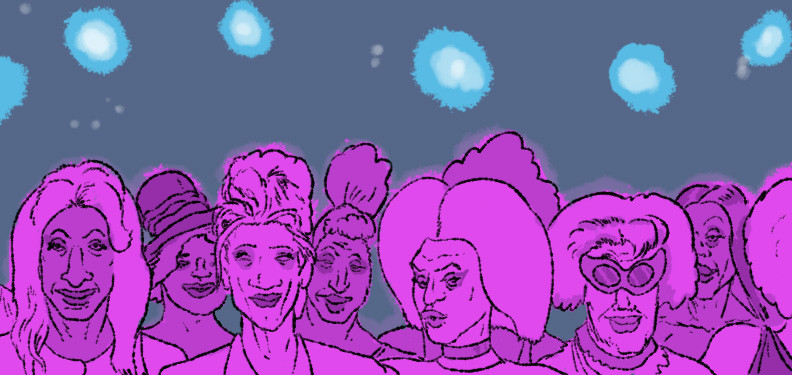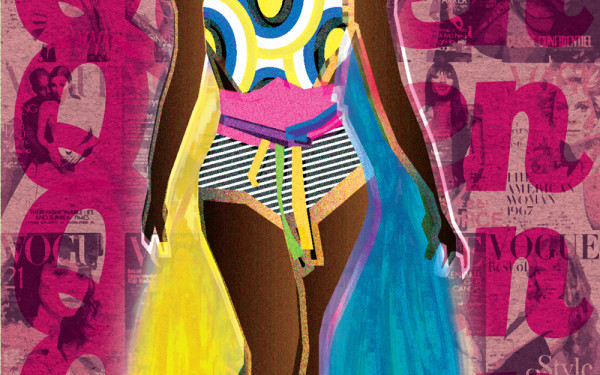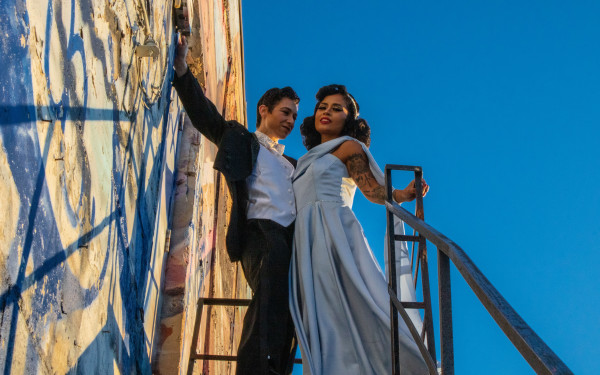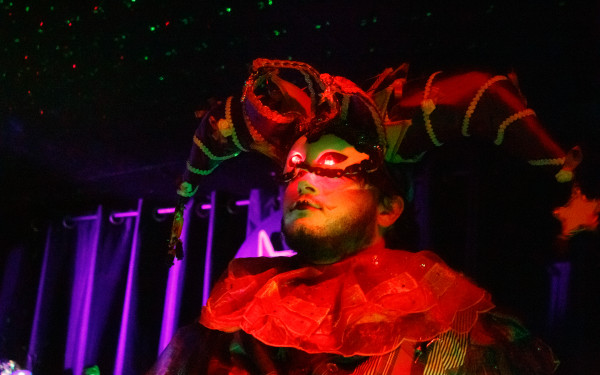A city untucked: Drag history in Montreal
How the Montreal drag scene was formed
Historically, Montrealers have embraced drag with open arms and hemorrhaging wallets.
Try to find someone under twenty who hasn’t seen at least one episode of RuPaul’s Drag Race, and one quickly realizes that the task takes persistence beyond even the most strung-out journalist. For the layperson, drag is a multimedia empire helmed by one man; RuPaul has, effectively, taken twelve seasons and built a kingdom. July of this year saw his expansion northward, bequeathing Canada with its very own Drag Race.
Money-making isn’t drag’s only value, though. Arguably, it’s not even its most important. As an industry, drag empowers people of colour far more than many other art forms, and while RuPaul’s brand of drag has had a lucrative relationship with the transgender community, many trans people appreciate drag nonetheless, as well as the opportunity it gives them to experiment with gender expression.
So, as the cultural force of drag grows ever stronger, it may be important to look at how America’s favorite pastime came to settle in Montreal...
Over the course of its fifty-year lifespan, Montreal night club Rockhead’s Paradise hosted a cavalcade of stars. On a good day, the club boasted names like Louis Armstrong, Ella Fitzgerald, and Billie Holiday, in spite of—and perhaps because of—the fact that Rockhead’s was the first club in Montreal to be owned by a Black man.
That man, Rufus Rockhead, was also the owner of a strange and complicated past. Born in Jamaica, Rockhead sailed to Halifax and later settled down in Montreal. He fought in the Canadian Army during the First World War and received a British War Medal for his excellent service.
During Prohibition, he would go on to provide a service notably less decorated—but one could argue of a far greater importance—as a smuggler of bootleg liquor. His meager salary, mixed with his constant proximity to booze, helped him buy an old brownstone building on the corner of St. Antoine. After procuring a liquor license, he opened up the place to patrons and, eventually, to acclaim.
But before anyone like Armstrong came along, Rockhead brought in a very different kind of talent. Allegedly, one of the club’s first performances was given in 1928 by a cabaret dancer by the name of Dick Montgomery. Not much is known about her, aside from three key details: she was Black, she was a star of Montreal’s cabaret scene, and when she performed she was billed—ever so quaintly—as a “female impersonator.” Today, of course, Montgomery’s act would be known by another name.
Almost a hundred years have passed since the reign of those first Black queens like Montgomery, Malva Bolda, or Billie McAllister, but Montreal’s drag scene has remained the stomping ground for performers from all walks of life. Latinx queens like Anaconda LaSabrosa, as well as Middle-Eastern queens like Miss Butterfly, have become Instagram powerhouses. Kiara Schatzi, one of Quebec’s representatives on Canada’s Drag Race, is a proud supporter of BLM and is outspoken about her struggles as a Black drag queen in Canada.
But supporters of today’s BIPOC queens may find it frustrating to delve into the city’s history of black drag: beyond a few recurring tidbits, it’s hard to learn much of anything about the secretive nightlife people like Montgomery or McAllister. The lack of information is confusing at first. Then one skips forward a decade or two, into the middle ‘50s. “Female impersonation” finds itself in places like Chez Paree and Casino de Paris. White clubs. It’s televised soon after.
Drag’s move to television brought in money and, with it, new talent. Montreal had already seen an influx of Americans itching to don the wig—Billie McAllister himself was a Florida native—and now, trained French dancers, hoping to spread music hall culture abroad, took the spotlight. One of the most famous was Guilda, former protégée of the legendary cabaret artist Mistinguett. After a performance at the Chez Gérard launched her career, she was invited to do several TV spots and record several albums. Her sets, built around impressions of Marlene Dietrich and Marilyn Monroe, were scored by big bands of over forty musicians. Her hair and makeup, it’s said, were even bigger.
Of course, what came easily in the ‘50s for some was paid for by the work of countless kings and queens who came before. In that sense, one can’t blame white media for a lack of insight about the past; not entirely, anyway, because for the better part of the twentieth century, acting in a way that could out you as a queer person was either illegal, or else incredibly taboo.
Lana St-Cyr, a drag queen from Quebec who began her career in the late forties, was harassed endlessly by religious groups like les Sœurs du Sacré Cœur in order to stop her performing. They even brought her to court, though the trial ended in her favour. Still, “homosexual activity” remained illegal in Quebec and across Canada until 1969.
During the ‘70s and ‘80s, the straight and gay clubs scenes began to merge. Café Cléopâtre, exotic dance club and last-standing relic of Montreal’s red-light district, opened in 1976, and the venue has featured a mix of dancers and drag ever since. Mado Lamotte, founder of the ever-popular Cabaret Mado, got her start in the mid-eighties, sometimes dancing at The Poodle, sometimes hosting bingo at The Spectrum.
When Lamotte founded Cabaret Mado, the Gay Village was made up of, as she eloquently put it, “one transvestite bar, one leather bar, and one sex shop.” But as nightclubs like Sky and Unity attracted a younger crowd to Ste. Catherine, drag performers like Mado saw their opportunity to reach a wider audience.
As the old millennium was on its way out, flocks of tourists made their way in. With them came international inspiration for every aspect of LGBT life: style, language, dress, and of course, drag. The interest of heterosexual and cisgender people came too, as the influence of gay ballroom culture began to trickle up into mainstream society. In 2008, riding high on public fascination, the world’s most famous drag queen began production on an up-and-coming reality TV show. In 2020, it came to Canada.
The rest is history.


_600_832_s.png)



_600_375_s_c1.png)
